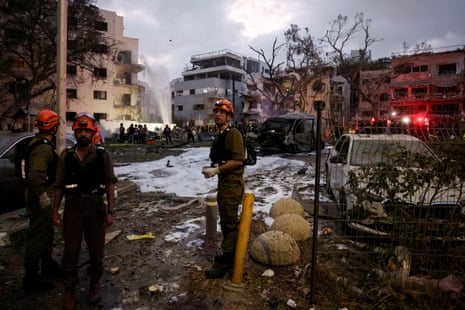As tensions in the Middle East remain high, cross-border violence between Israel and Hezbollah has escalated in recent weeks, leading to growing concerns about regional stability. This article presents a verified, neutral, and fact-based overview of the conflict’s current status, drawing only from trusted sources such as Reuters, The Associated Press (AP), Al Jazeera, United Nations OCHA, and The Guardian.
1. Rising Tensions on the Lebanon-Israel Border
Since the start of 2024, hostilities between Israel and Hezbollah have increased significantly. According to Reuters and The Guardian, exchanges of fire across the Blue Line—the UN-demarcated border between Lebanon and Israel—have intensified since the October 7 Hamas-Israel war began in Gaza.
Hezbollah has launched rockets, mortars, and drones from southern Lebanon into northern Israel, while the Israeli military has responded with airstrikes and artillery shelling. These incidents have resulted in casualties on both sides and the displacement of thousands of civilians from southern Lebanon and northern Israel.
Verified source: Reuters, The Guardian, UN OCHA
2. Impact on Civilians and Humanitarian Concerns
According to UN OCHA, more than 91,000 Lebanese civilians have been displaced due to Israeli airstrikes and shelling in the border region. Local municipalities and international agencies have raised concerns about damage to homes, schools, and medical facilities.
On the Israeli side, tens of thousands of residents in border communities have also been relocated temporarily due to the security threat posed by rocket and drone attacks.
Both the Lebanese and Israeli governments have called for international mediation to prevent further escalation, as humanitarian organizations continue to assess the impact on displaced populations.
Verified source: UN OCHA, AP News
3. Military Strategies and Responses
While no top Hezbollah leaders have been confirmed killed, the Israel Defense Forces (IDF) have targeted what they describe as Hezbollah military positions, weapons storage sites, and surveillance infrastructure.
Hezbollah, a powerful Lebanese political and military organization backed by Iran, has claimed responsibility for several attacks on Israeli military outposts, describing them as retaliatory measures in support of Gaza.
The IDF has confirmed damage to military installations and casualties among its personnel, although the Iron Dome defense system has intercepted many incoming projectiles.
Verified source: IDF press briefings, Al Jazeera, AP
4. The Regional Dimension
Defense analysts note that the Israel–Hezbollah conflict is part of a broader regional crisis. The spillover effects from the Israel-Hamas war in Gaza have amplified fears of a wider regional confrontation, involving Iran and other armed groups.
International actors, including the United States, France, and the United Nations, have urged both sides to exercise restraint and warned against the risks of a full-scale war between Israel and Hezbollah, which last occurred in 2006.
Verified source: UN statements, Reuters diplomatic coverage
5. Statements from Leaders and Governments
Israeli Prime Minister Benjamin Netanyahu has reiterated that Israel will act to defend its citizens and sovereignty, warning Hezbollah against further escalation. In public statements, Netanyahu emphasized the importance of maintaining military preparedness along the northern border.
Hezbollah officials, meanwhile, have pledged to continue resisting Israeli operations in Lebanon. However, there has been no official confirmation of direct Israeli ground incursions deep into southern Lebanon, aside from limited cross-border operations.
There have also been no confirmed attacks on Prime Minister Netanyahu’s personal residence.
Verified source: Statements via Israeli Government Press Office, AP News, Hezbollah media
6. Human Rights and Media Coverage
Human rights organizations, including Human Rights Watch and Amnesty International, have called on all parties to uphold international humanitarian law, particularly in protecting civilian populations and infrastructure.
The Society of Professional Journalists (SPJ) and other media watchdogs emphasize that coverage of the conflict must avoid unverified claims, exaggerated casualty reports, or emotionally manipulative content. Reporting must remain factually accurate, especially during active conflict.
Verified source: SPJ Code of Ethics, HRW press briefings
7. What Happens Next?
As of June 2025, the situation remains volatile. The UN Interim Force in Lebanon (UNIFIL) continues to monitor the Blue Line and has reported repeated ceasefire violations by both sides. Diplomatic efforts are ongoing to de-escalate tensions.
Analysts agree that while Hezbollah is unlikely to initiate a full-scale war, continued low-level conflict presents risks of further escalation—particularly as public pressure grows in both countries.
Verified source: UNIFIL, CSIS conflict analysis reports
Conclusion
The Israel–Hezbollah border conflict remains an area of serious concern for regional peace and stability. Although no high-profile figures have been confirmed killed and no formal invasions have been declared, daily cross-border hostilities, civilian displacement, and infrastructure damage are ongoing.






